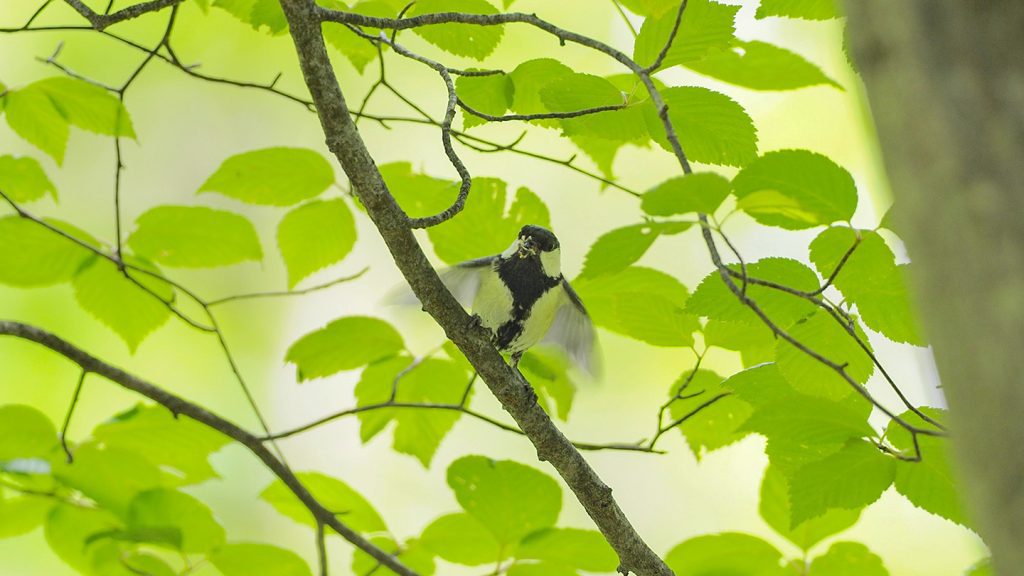Humans communicate complex ideas through gestures like raised fingers or head shakes, a skill uncommon in the animal kingdom. in primates (SN: 8/10/10Scientists may now include a feathered friend in the club of animals capable of wordlessly communicating using gestures.
Researchers have observed Japanese tits using a 'after you' gesture by fluttering their wings, signaling their mate to enter the nest first. The discovery, reported in the March 25 issue of Current Biology, shows that Japanese tits use wing fluttering as a symbolic gesture in a complex social context similar to human communication.Biologist Toshitaka Suzuki of the University of Tokyo explains that Japanese tits use wing fluttering to communicate in a way similar to humans, involving a sender, receiver, and a specific goal. Suzuki has spent over 17 years listening to the calls of Japanese tits and noticed their behavior of fluttering wings when bringing food to the nest, leading him to investigate whether this fulfills the criteria of gestures.Suzuki and Norimasa Sugita observed eight mated pairs making 321 trips to their nests, noting that females fluttered their wings more frequently than males and often entered the nest first, unless they fluttered their wings, in which case the males went first.
During observations, a female Japanese tit perches on a branch and flutters her wings, followed by her mate entering the nest, suggesting that this gesture happens only in the company of mates and is directed at the mate rather than the nest.Parus minorThe birds never flutter their wings when visiting the nest alone, indicating that their fluttering is specifically for communicating with their mates rather than the nest entrance.
Female Japanese tits perch and flutter their wings, signaling their mate to enter the nest first. Observations suggest that fluttering only occurs when birds are with their mates, indicating the use of gestures to communicate complex messages.
The birds only flutter their wings when in the company of their mates, directing the fluttering at the mate rather than the nest entrance, suggesting the use of gestures to communicate a complex message. magpies and ravensThe birds are not simply directing attention, as seen in other birds, but are communicating a complex message through wing fluttering.
Primatologist Kirsty Graham of the University of St. Andrews in Scotland describes the bird's wing fluttering as an imperative gesture that communicates a need for action to another individual.
The discovery of meaningful gestures in another species is exciting, and it suggests that gesturing may be more widespread than previously thought.
Wing fluttering by the nest helps the birds avoid attracting predators, and researchers are interested in understanding how it fits into the birds' larger communication repertoire in combination with vocal communication.



